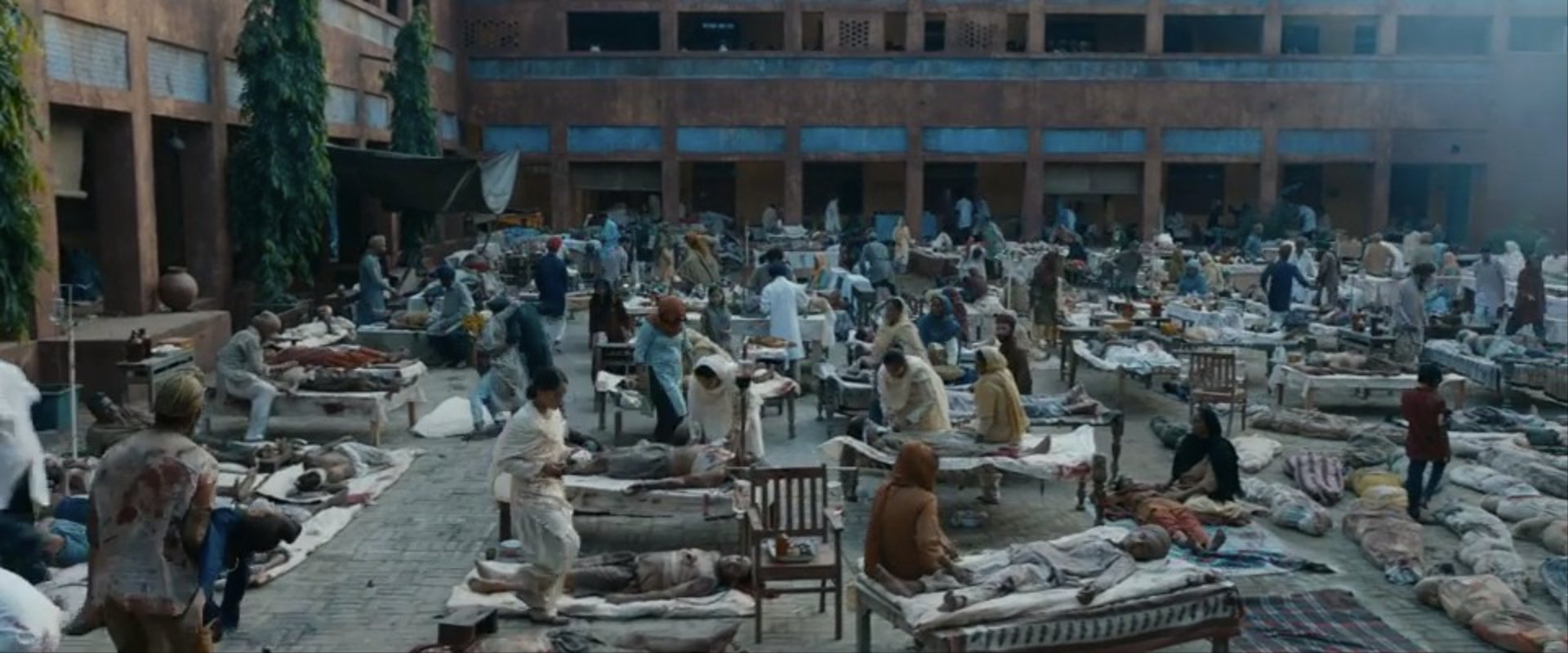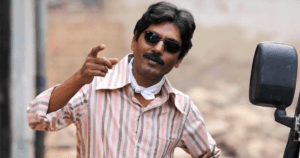Disclaimer: The following article contains images from the movie, Sardar Udham, that might be distressing for some readers.
The story of the Jallianwala Bagh Massacre is one that most Indians have grown up listening about. After all, it was one of the most traumatic events that shaped our nation’s history, and future. In fact, many historians call it the turning point in India’s freedom struggle.

But what we heard from our elders, read in history books, or even witnessed physically (before the site was revamped) serves as a mere echo of one of the worst crimes committed against humanity.
Sardar Udham recreates the horror, anguish, and trauma of the Jallianwala Bagh massacre in excruciating detail. And while the performance and filmmaking are commendable, it is undoubtedly one of the most difficult scenes to sit through.

The flashback starts with a simple, almost joyous scene but the audience is aware of the sadness that is going to follow. And yet, when the scene of the massacre begins and the shooting starts, it leaves you shocked.
Shoojir Sircar recreates the entire 10-minute-long shooting. Yes, in real life, Gen. Dyer let the shooting go unabated for 10 minutes. And the stories we’ve heard–of people climbing on a pile of dead bodies to jump out, of jumping in the well to escape the bullets, of dying in the stampede–play out on the screen and leave you numb.


But what follows, is perhaps, even worse.
The aftermath, of a handful of people, including Udham Singh (in the film), struggling to save the lives of those who were injured or are barely alive, is horrific to the core. Because it showcases not just the British government’s apathy but also brings alive the horrors we’ve all witnessed – of being helpless in the face of massive tragedy.


I could break down the scene–that lasted for 40 minutes and pained me physically and emotionally–but I still could not capture both, the sheer genius of filmmaking on display, and the depth of hurt that the scene showcased.

Though I would take a moment to mention the power of brilliant cinematography and Kaushal’s highly emotional performance (absolutely devoid of melodrama or jingoism or rousing speech), where his anguish seeps through your heart even though he hardly utters a word.

Tragedies shape our lives, and the Jallianwala massacre was a tragedy that shaped our nation. But this is perhaps the first time, that the current generation was able to grasp what that actually meant:
It is very hard to recognise and represent the pain of the Jallianwala Bagh massacre in a movie, but 'Sardar Udham' is the closest one can get.
— Pulkit (@pulkaeteus_) October 16, 2021
It's not your regular Akshay Kumar shit.
In my 22 years of life, this is the first and only movie to bring tears to my eyes.
5/5 🌟 pic.twitter.com/6GLZz9bpTu
The Jallianwala Massacre scene in the movie “Sardar Udham Singh” just breaks your heart 😰😢
— Vikramjeet singh Manhas (@travelingdogra) October 19, 2021
Sardar Udham Singh movie. Mind blowing.
— Dr Gaurav Garg (@DrGauravGarg4) October 16, 2021
Everyone should watch it and it should be made compulsory in schools.
The way they depicted Jallianwala Bagh massacre will hit you really hard.
Watched Shoojit Sircar's, ‘Sardar Udham’ ,Vicky Kaushal playing the titular role of the legendary revolutionist Sardar Udham Singh.The scene depicting Jallianwala Bagh massacre left me teary eyed….the British Crown owe us an apology. pic.twitter.com/r458lVBGaG
— विकास का सच ! (@VikasKr_Gupta) October 20, 2021
The final Jallianwala Bagh scenes of Sardar Udham are absolutely gut wrenching! They’re not easy to watch, but they need to be watched.
— Maryann Taylor (@maryanntheresa) October 18, 2021
I don’t have the courage to continue Sardar Udham. The way the Jallianwala Bagh massacre
— Radha (@SupremacyJanhvi) October 16, 2021
incident is shown in the film is so heartbreaking. I’ve never seen something like this ever 💔 The team is getting national awards easily for this entire scene alone.
The 45-min Jallianwala Bagh massacre scene (and the aftermath) in Sardar Udham will be etched in my memory till eternity. It was beyond horrific. Absolutely gut-wrenching.
— ritwik. (@IndieKnopfler) October 17, 2021
the screenplay and execution of the entire jallianwala bagh scene from sardar udham deserves a wide applause. the pain was so much felt, and vicky was spectacular here. haven’t seem something like this before, made me cry brb 😭💔
— ٰ (@belikesami) October 16, 2021
It’s a masterful feat to infuse the horror and tragedy in a scene that has been recreated hundreds of times in different movies over the years. Even more difficult to accept is the realization that what is difficult for us to just watch, was a reality that thousands experienced. 40-minutes of our life were hours of agony and trauma. And then days of not knowing if your loved one survived or not.

It’s a reminder that people had not gathered at Jallianwala with the idea to fight or even die the death of a martyr. They had gathered for a celebration, without arms or ammunition. It’s a reminder that this wasn’t a war strike but a brutal act on an unsuspecting crowd, for which, the British Empire, is yet to render a formal apology.
All images are screenshots from the film on Amazon Prime Video, unless specified otherwise.

















